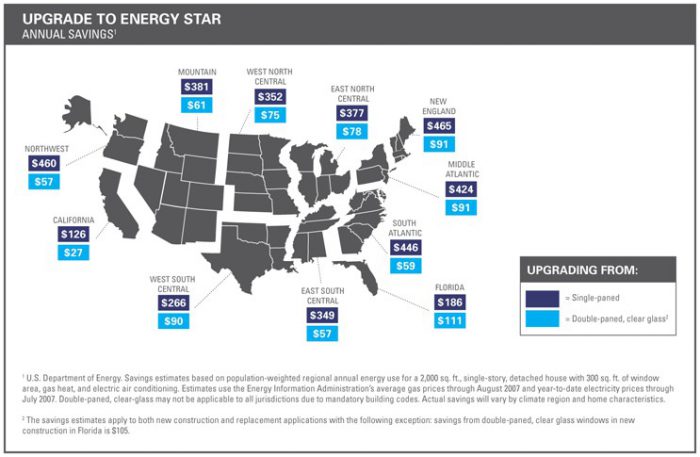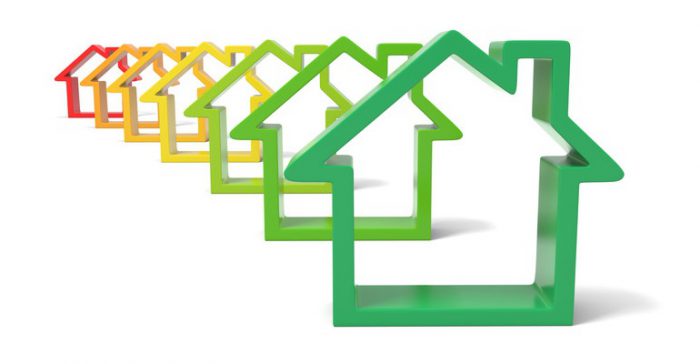Builders Use Energy Efficient Technologies to Construct Better Homes
Navigant Research, March 31, 2017
Home builders today have many options for creating more efficient and smarter homes, and a survey says builders are actually using these products. According to a recent National Association of Home Builders (NAHB) survey, single-family builders in the United States are using an average of 10.2 different green products or practices, and 22% always or almost always have their home certified to a green standard. Energy efficient windows ranked at the top of the list, commonly used by 95% of builders, followed by high efficiency HVAC systems at 92%, programmable thermostats at 88%, and ENERGY STAR-rated appliances at 80%.

At the bottom of the list are smart appliances at 16%, energy management systems at 11%, and passive solar design at 8%, among others. While these concepts are certainly growing in popularity, this survey is a reminder that in reality, energy efficiency in new construction still largely relies on more traditional energy efficient products. These more traditional products are not only tried, tested, and trusted by builders, but can also offer a clearer prospect for energy savings potential, as can be seen in the ENERGY STAR window savings estimates figure below.

A Step in the Right Direction?
The industry still has a way to go before smart home and Internet of Things (IoT) technologies become more viable options for home builders. Yet, the fact that energy efficiency products are being more commonly accepted and used among builders is a step in the right direction toward advancing the efficiency of newly constructed homes.
On the other hand, other builders are using much less practical methods for constructing more efficient homes. Apis Cor, based in Irkutsk, Russia, has developed a mobile 3D printer, which it used to print a 400-square-foot single-family home within 24 hours. The company argues that its printer not only produces more affordable homes, but is also more resource efficient. It uses geopolymer, which consists predominately of byproducts from other industries, and avoids the use of traditional materials like wood, which has led to extensive deforestation and environmental erosion. While this company’s methods are much less practical than utilizing energy efficient products in more traditional construction, it shows that the new home construction industry is moving forward in implementing more advanced technologies for building better, more efficient homes.
